Instructional Series
We are preparing to close this site soon as this content has now moved to Tāhūrangi.
Tāhūrangi is the new online curriculum hub for Te Tāhuhu o te Mātauranga | Ministry of Education.
Welcome to the English medium literacy instructional series teaching and learning resources for years 1 to 8.

- 4
- 3
- 2
- 8
- 5
- 4
- 6
- 7
- Social Sciences
- English
- Health and Physical Education
- The Arts
- Non-fiction
- Fiction
- None
- Articles
- Stories
- Poems
Search results
33 items - Showing 1 - 10
-
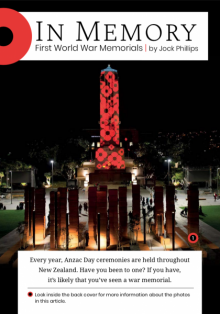
In Memory: First World War Memorials
by Jock Phillips
This article explains the purpose of war memorials and, in particular, memorials created at the end of the First World War. It provides examples of different types of memorials, from obelisks, statues, arches, and gates to monuments that use features in the natural environment.
-

The Anzac Button
by Judy Raymond
This is the story of a button that was sewn onto the jacket of a First World War soldier. After the war, the soldier returns to New Zealand and wears the jacket to annual Anzac Day parades. Many years later, Ella, the soldier’s great-granddaughter, discovers the jacket. She sews the button onto a ribbon and proudly wears it to another Anzac Day parade. The story ends with a factual note about the meaning of Anzac Day.
-

The Sea Devil
by Paul Mason
illustrated by Kimberly Andrews
"Just beyond the long arm of the wharf, the camp’s launch, Pearl, tugged at its mooring. The thought of a big fish jagging on his line quickened James’s pace, and it wasn’t until he was on the wharf that he saw he was not alone. A dark figure leant against one of the piles – it was one of the Germans, staring at the boat."
-
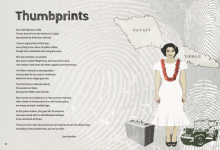
Thumbprints
by Serie Barford
illustrated by Sheyne Tuffery
"Mum left Sāmoa in 1952. To‘ono drove her to the harbour in a jeep abandoned by American marines."
-
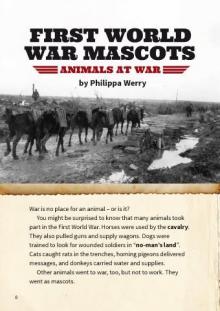
First World War Mascots
by Philippa Werry
Many students will be familiar with the use of mascots by sports teams, but they may be surprised to learn that mascots have also been used in wars. This text describes mascots used by New Zealand soldiers in the First World War. Students may have some awareness of the First World War through Anzac Day commemorations and from events to mark its centenary in 2014.
-
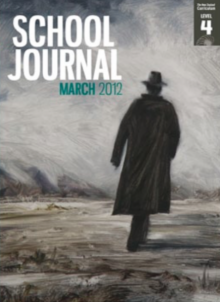
Buttons
by Iona McNaughton
The students at Moriah School in Wellington collected 1.5 million buttons, which represented the number of children killed in the Holocaust during the Second World War. This article reports on their reasons for doing this and the methods they used to gather the buttons. The students learnt about the personal impact of the Holocaust and designed a memorial to the children who died.
-
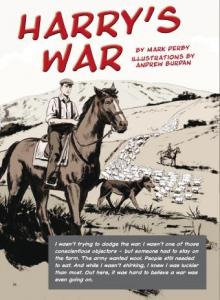
-
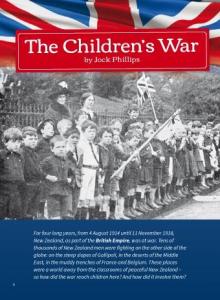
The Children’s War
by Jock Phillips
After a general introduction and overview of the First World War, the article describes how the New Zealand government used a variety
of methods to encourage children to support the war effort. One method was to use the School Journal to give children positive stories
(avoiding the harsher realities) and articles about exemplary “Empire heroes”. -
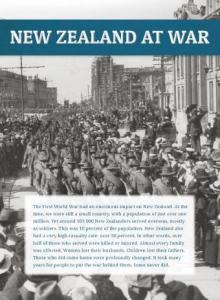
New Zealand at War
A timeline of the First World War
-

His Own War – The Story of Archibald Baxter
by David Grant
“His Own War” is a biography of Archie Baxter, a New Zealander who refused to join up and fight in the First World War. His objection to fighting was based on strongly held convictions, and he paid dearly for them.










 Literacy Online home
Literacy Online home
